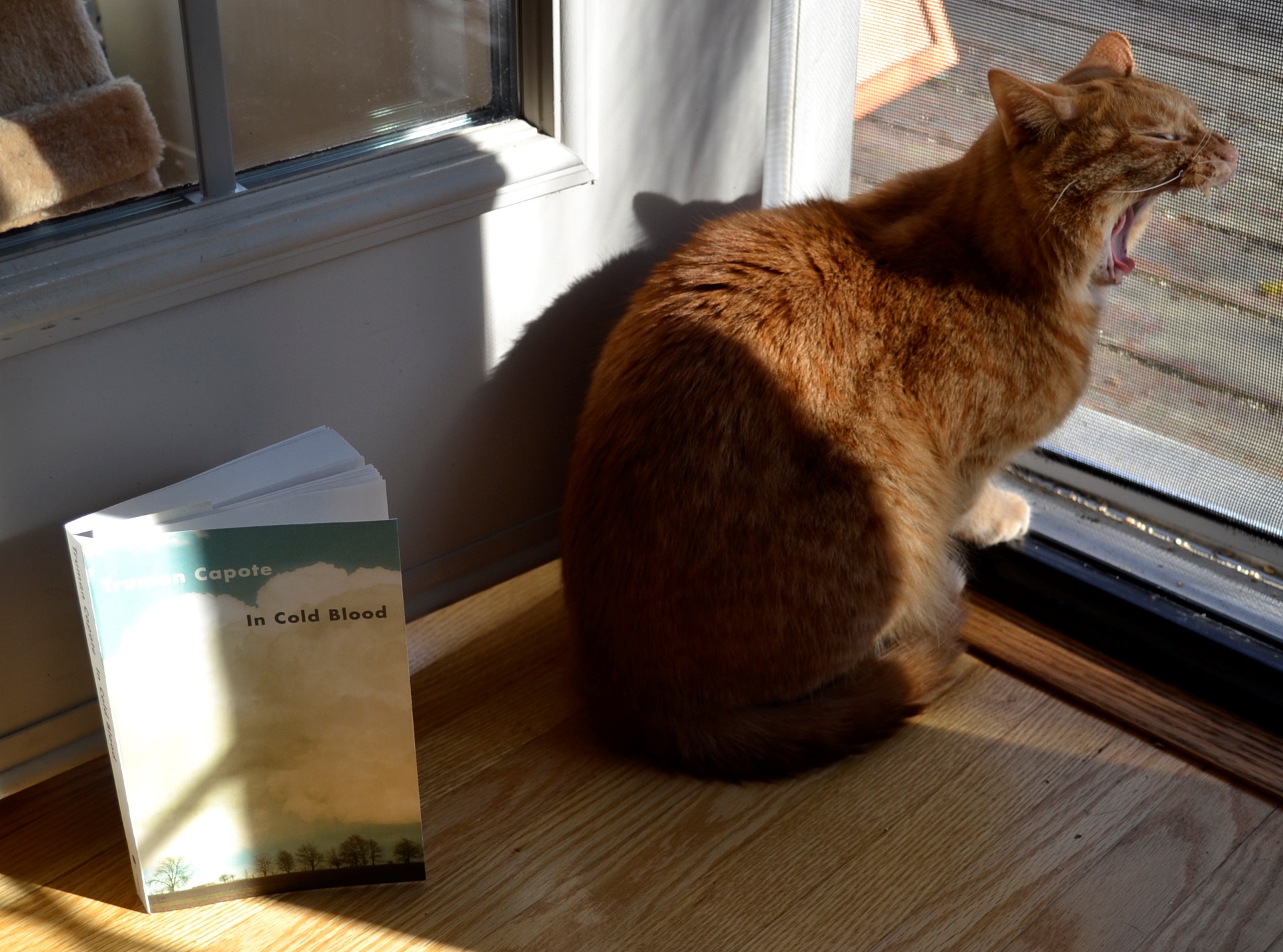My Introduction to the Clutter Case
I first read about the Clutter Case over twenty years ago, when I was just under ten years old and my grandmother used to take me with her to visit her various friends and relatives in the summer afternoons. She’d sit in various kitchens or on porches, talking and enjoying whatever lemonade variant that was offered. Sometimes I would sit with her and just listen as they discussed the news or acquaintances I’d barely heard of.
But most times, I’d ask permission to sit inside and read. Max Haines was my favourite true crime author and I powered through his books — each of them a compilation of articles he’d written for a Nova Scotia newspaper. Each book contained forty or fifty bite-sized accounts of famous and not-so-famous criminal cases. Some of them were themed — such as ‘Doctors Who Kill’ or ‘Celebrity Murders’. I couldn’t get enough. I would buy a book and finish it in the same afternoon, only to go back to the small bookshop in the mall to get another one the next day.
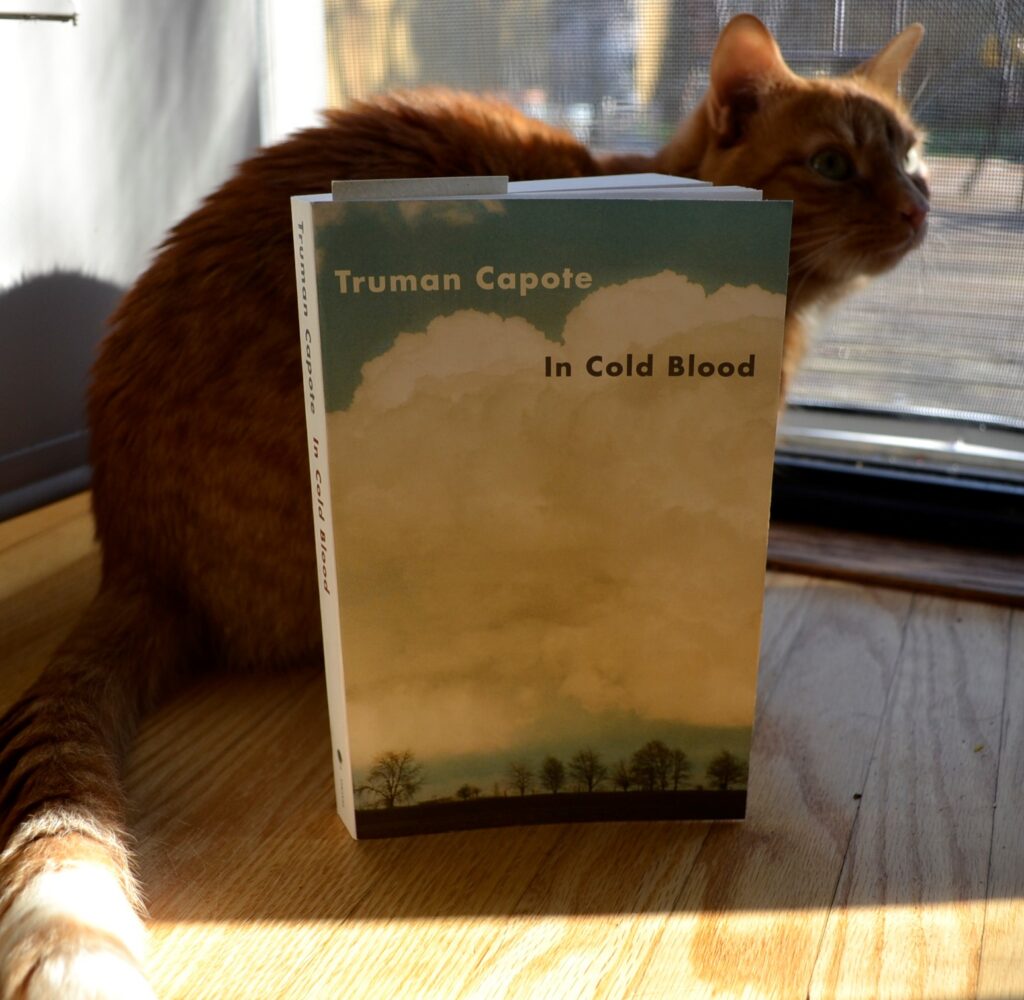
I still enjoy true crime books and documentaries — though I admit that I don’t quite read as much of them as I did on those summer afternoons long ago. It will always have a place on my bookshelf, and in my reading stacks.
Where Fact and Fiction Collide
On November 15th, 1959, Herb Clutter and his wife Bonnie Clutter, as well as two of their children — the only ones living at their residence — were each shot and killed. The murders and the subsequent arrest, trial, and execution of the perpetrators, Perry Smith and Bill Hickock put Holcombe, Kansas on the map, and became the focus of an intense investigation as well as multiple books, articles, and journalistic pieces.
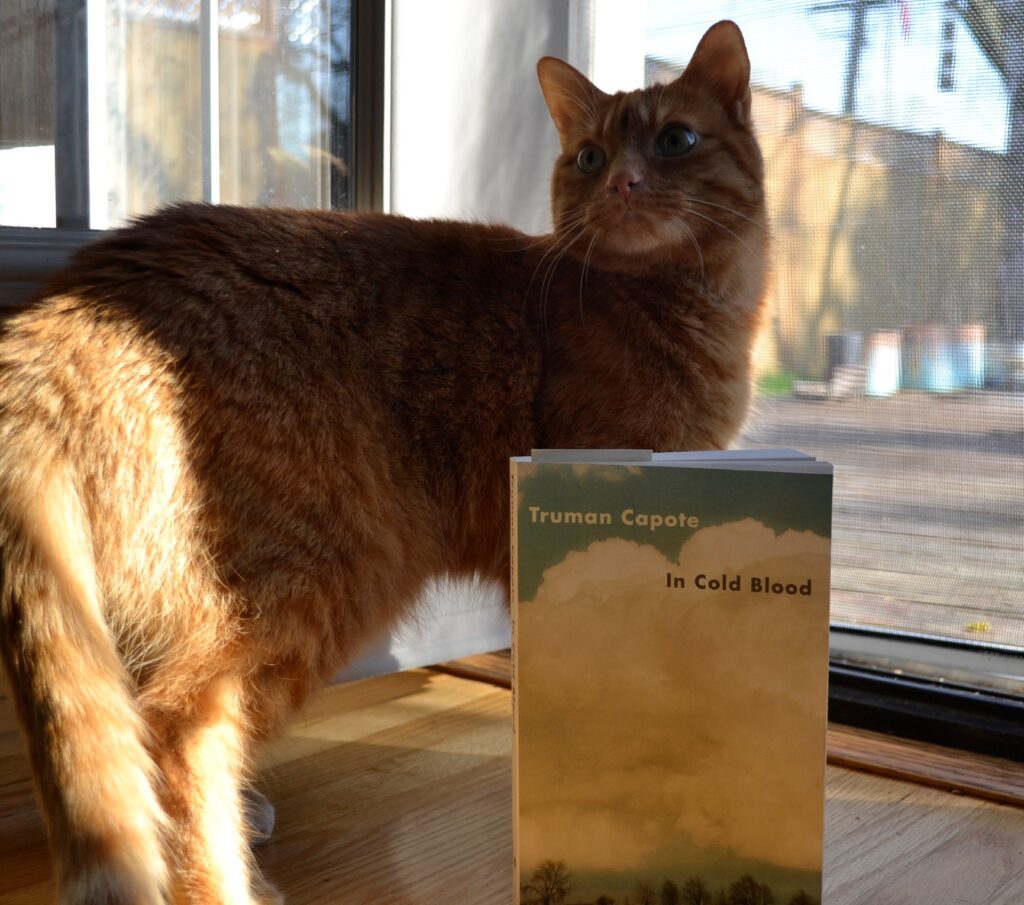
Capote’s In Cold Blood has been the source of debate since its publication in 1965. It’s a fast-paced narrative that critics and readers alike agree has literary merit. The debate comes from his proclamation of being perfectly factual.
Just how true is his ‘true account’? As much as Capote has clearly done a lot of research, conducted a lot of interviews, and has definitely had access to records and documents, I would still classify In Cold Blood as more literary than true. There are facts contained and referenced heavily in the book, but not all of what Capote wrote is fact. There are passages and events that I’m sure are inventions and writing that has been done to make the piece flow better as a novel. So I would caution that one should not read this account of the Clutter case and think that all representations of people and places are accurate.
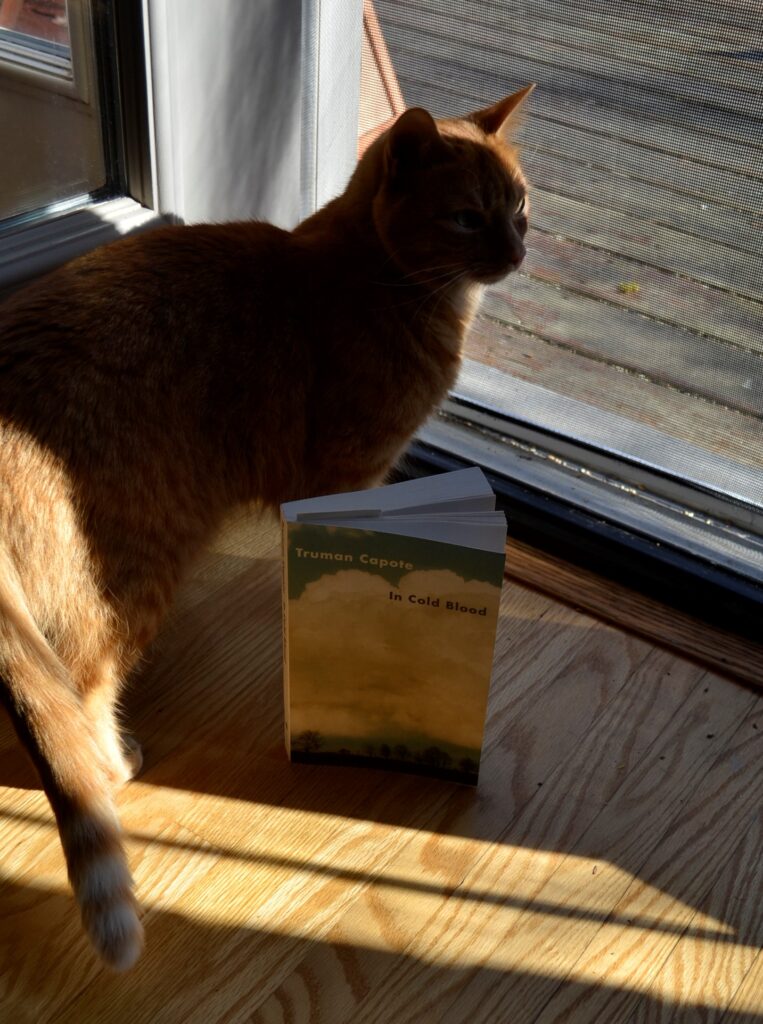
However, that doesn’t lessen In Cold Blood’s value as a literary novel or alter my opinion that it is a very compelling read. As long as you’re not expecting the accuracy of a true crime novel or documentary and instead accept that it is a novel that is based on a real crime and real people but isn’t completely true to life.
It’s All in the Structure
Capote’s skill as a writer really shines in the conciseness and cleanness of his style. Every word fits together so well and every passage serves a definite purpose. He uses just the right amount of detail so that the story proceeds at a pace that feels just right and keeps you reading far beyond where you intended to quit for the day. Capote has a very rare skill as narrator in that he adopts a tone that is at once journalistic and character-driven. The events flow out the novel and touch the reader as if they were in Holcombe, in the Clutter home, in the courtroom, poring through files with the police, or a visitor on death row. He weaves so many elements together to make one smooth yet beautifully multifaceted masterpiece.
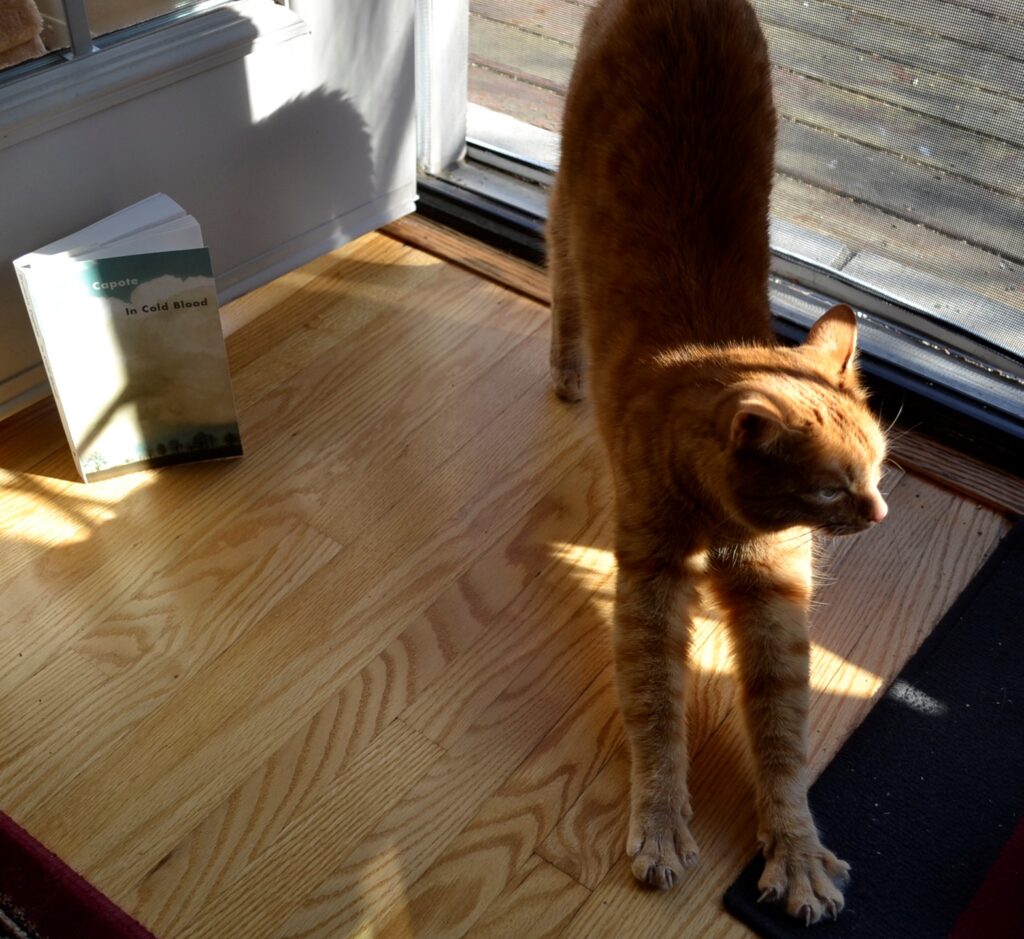
One aspect of In Cold Blood’s structure that I found particularly compelling was Capote’s choice to avoid the exact details of the crime until the killers’ confessions. Hearing what happened for the first time in the words of the perpetrators increased the cold reality of such senseless violence in the starkly brutal accounts of the crime.
Capote’s In Cold Blood was so well-written that I immediately ordered the rest of Capote’s work from my local independent bookstore. I can’t wait for it to come in so that I can read it just as fast as I feasibly can.
Where the Focus Lies
One piece of criticism of In Cold Blood that I can agree with is that it does indeed focus too much on the perpetrators of the Clutter murders — Perry Smith and Bill Hickock. This isn’t necessarily surprising since Capote conducted extensive interviews with both Smith and Hickock on death row, and has a lot of information on each of their backgrounds — especially Smith’s.
Smith’s childhood and life before the murders are extensively detailed as Capote tries his best to delve into why this crime was committed and the psychology of the killers. The Clutters, though they are also presented with relevant background information, are not provided with as much space in the narrative, nor are the sections focused on them quite as dramatic or impactful. What is there is enough to depict them as real people whose futures were abruptly and brutally terminated for little more than forty dollars, a radio, and a pair of binoculars. However, it feels like Smith’s story is repeated twice or thrice while only really Nancy Clutter gets even a small fraction of that word count.
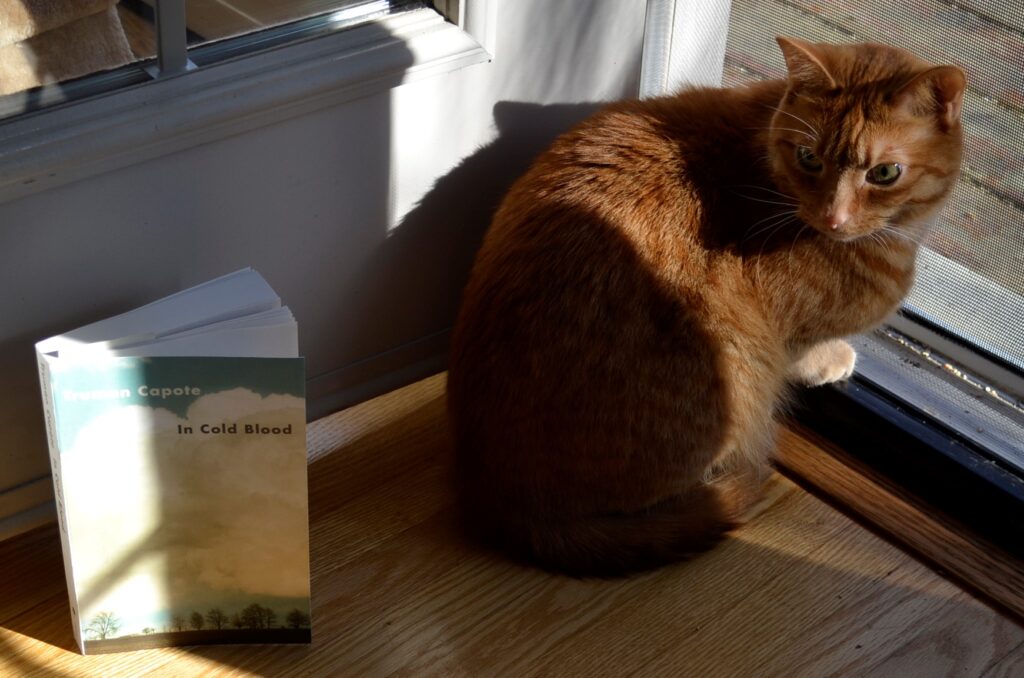
While I don’t think Capote is actually arguing that due to Smith’s background he should be excused from the multiple murder charge, there are times when his tone veers in that direction due to the sheer amount of information, the testimony at trial, and the psychological profiles he constructs — which is, of course, distasteful to say the least. There are moments where I find Capote overly sympathetic to Smith, but it doesn’t wreck the experience of the book as a whole.
True Crime with Lunch
During lunchtime, my lovely spouse and I like to sit at our little sitting room table and turn on the TV to take an hour or so’s break from work. What we usually choose to watch is a portion of a true crime documentary show such as The First 48 or Very Scary People or, as I have already mentioned, Forensic Files. We talk a lot about past cases, and more recent ones. We talk a lot about trial proceedings and investigations.
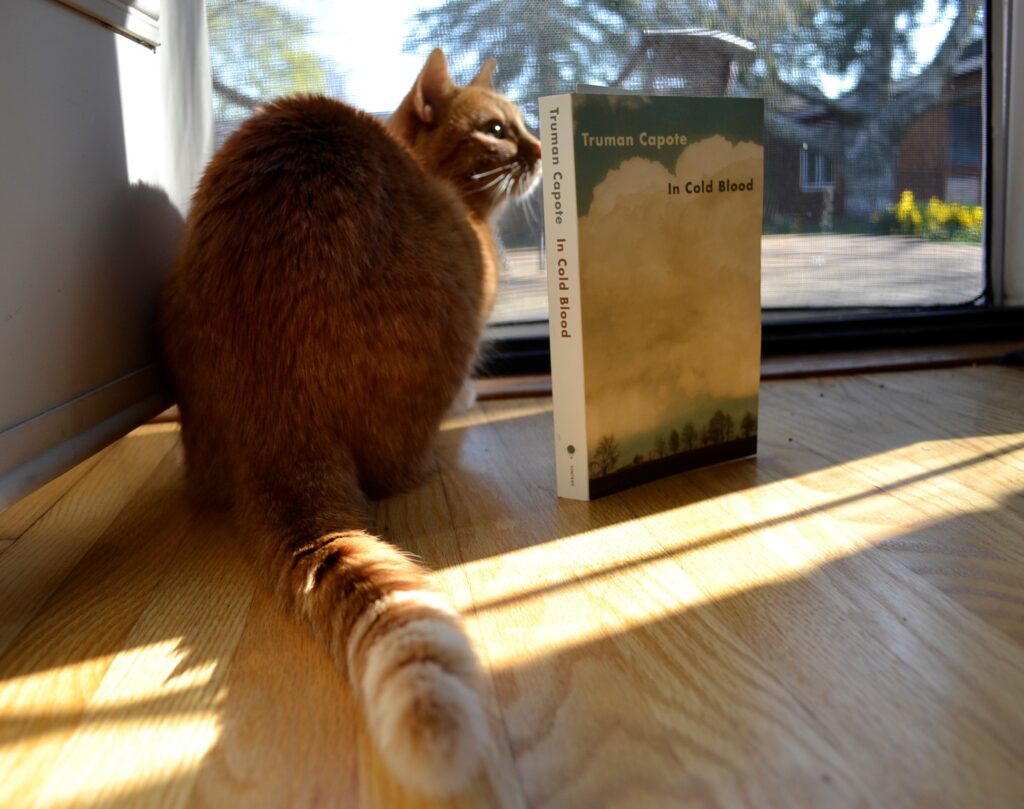
So while I might no longer know what happened to my multiple copies of Max Haines, I still remember those cases and I still love discussing them and the impact they made on the law, and on the world they occurred in.
